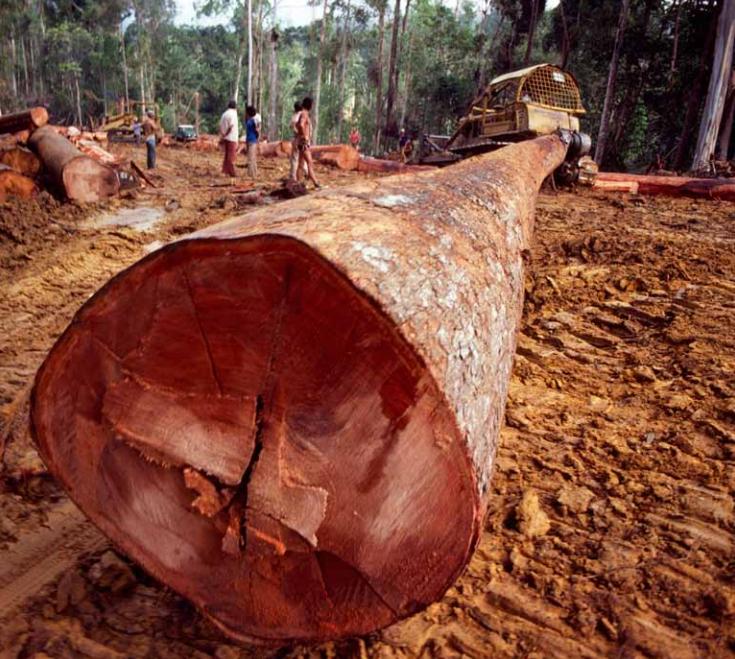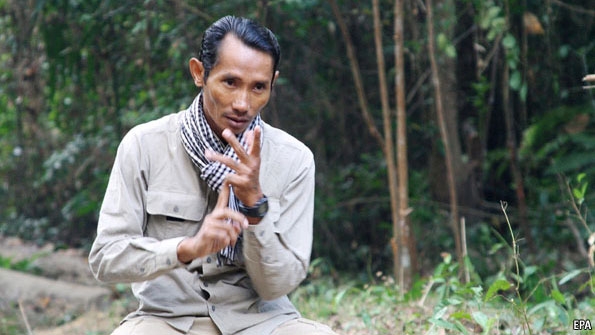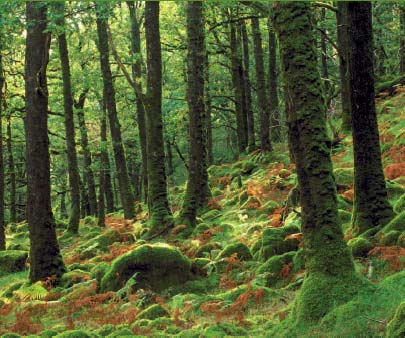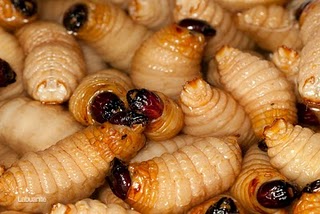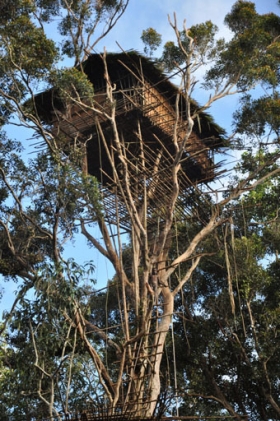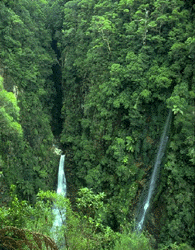A multi-faceted approach is needed in tackling the effect of human activity on the climate and natural world. A reduction in industrial emissions through better practice, technology and efficiency is key, coupled with protection of carbon sinks, namely the forests and the oceans.

Seagrass meadows play a critical role in the carbon cycle (photo: M. Sanfélix)
The oceans are the largest carbon sinks in the world storing 93 % of carbon in the form of algae, vegetation and coral, and sequestering 20 to 35 % of anthropogenic emissions. However, there is evidence to suggest that the oceans are becoming less efficient since around the year 2000 in absorbing these emissions1. Further, since the 1940’s, marine carbon sinks have been suffering with a loss of 30 % of mangroves, 25 % of salt marshes and over 30 % of seagrass meadows2. These are being lost at a faster rate than the rain forests.
Coastal development, aquaculture operations and timber removal are destroying these marine ecosystems, and thus there is a connection between the destruction of forests on land and under water. Deforestation through clearing and burning also generates 17 % of global carbon emissions, more than from all the world’s air, road, rail and shipping traffic combined. The highest rates of deforestation are taking place in the regions where illegal logging is at its worst – the Amazon Basin, Central Africa and Southeast Asia3. These are areas where there is a lack of forest governance and where accountability and transparency are often in short supply.
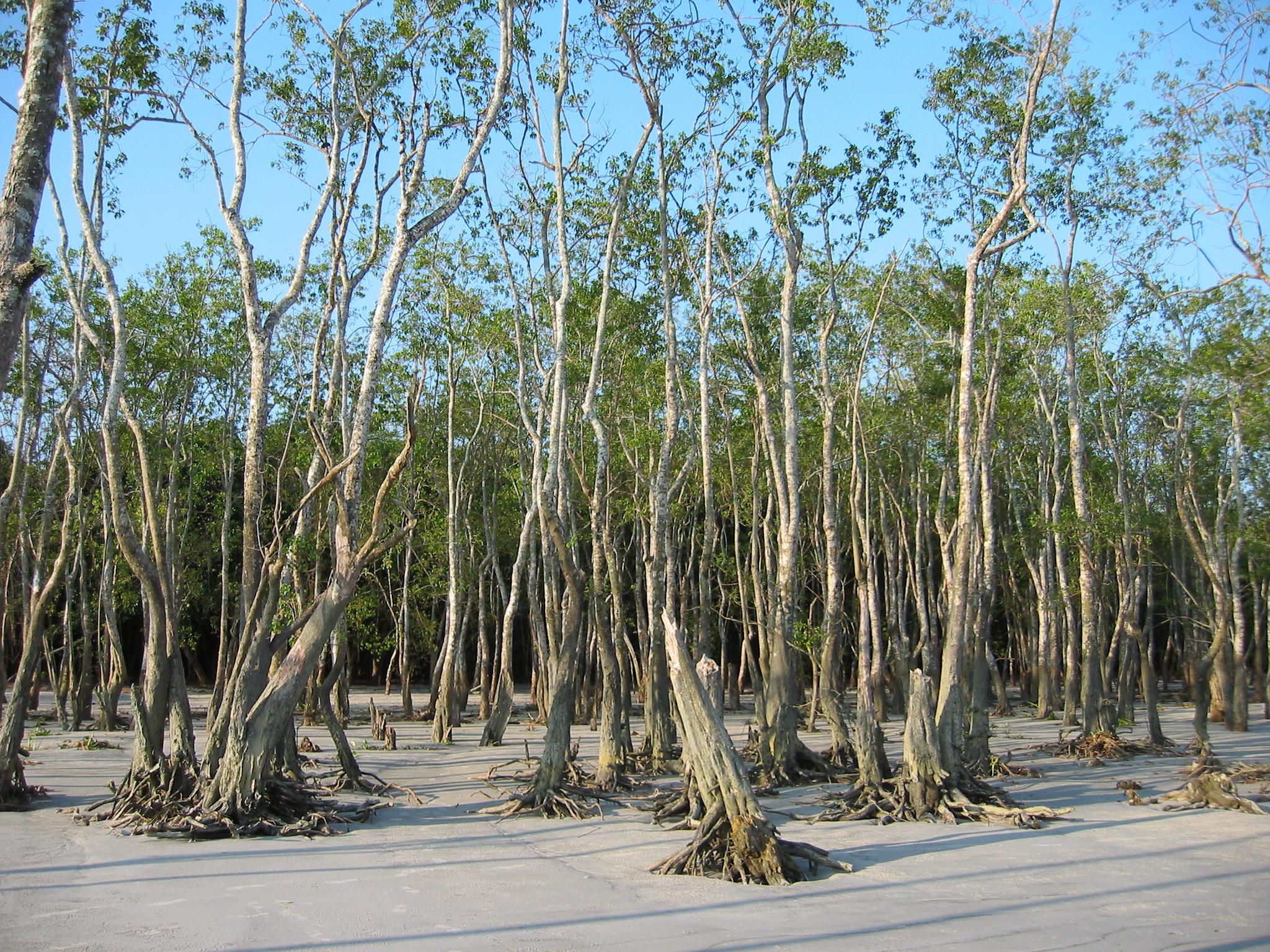
Mangrove forests are threatened by coastal development (Source: www.sundarban.org)
Illegal logging actually floods the market with cheaper wood, which suppresses global timber prices between 7 and 16 per cent3. It is estimated that legal timber companies are being denied US$30 billion per year from these activities.

It looks good, but do you know where it was sourced?
As can be imagined, protecting forests and marine ecosystems require political and economic solutions, as well as enforcement of law. And as an end user of timber products we have a deep responsibility to ensure that our furniture, floors and wooden features in our homes and businesses are from sustainable and legal timber. We are all part of the solution.
References
- Khatiwala et al. (2009). Reconstruction of the history of anthropogenic CO2 concentrations in the ocean. Nature 462, 346-349
- Blue Carbon – The Role of Healthy Oceans in Binding Carbon. Rapid Response Assessment by GRID-Arendal and UNEP. 14 October 2009
- Davyth Stewart. Combating illegal logging key to saving our forests and preventing climate change. Project LEAF (Interpol), 21 March 2013



